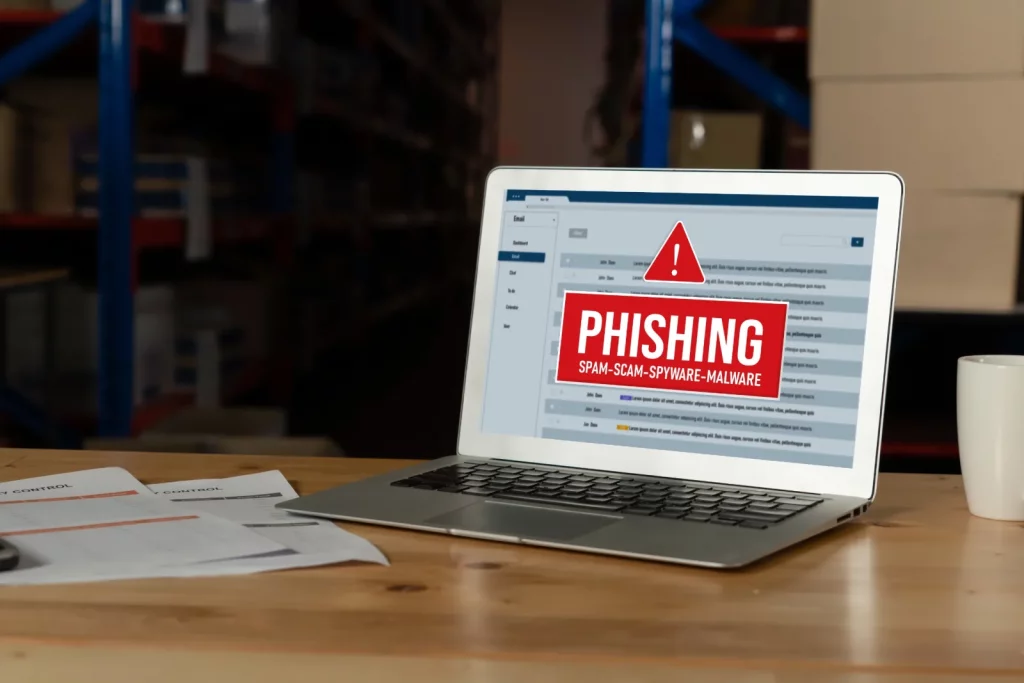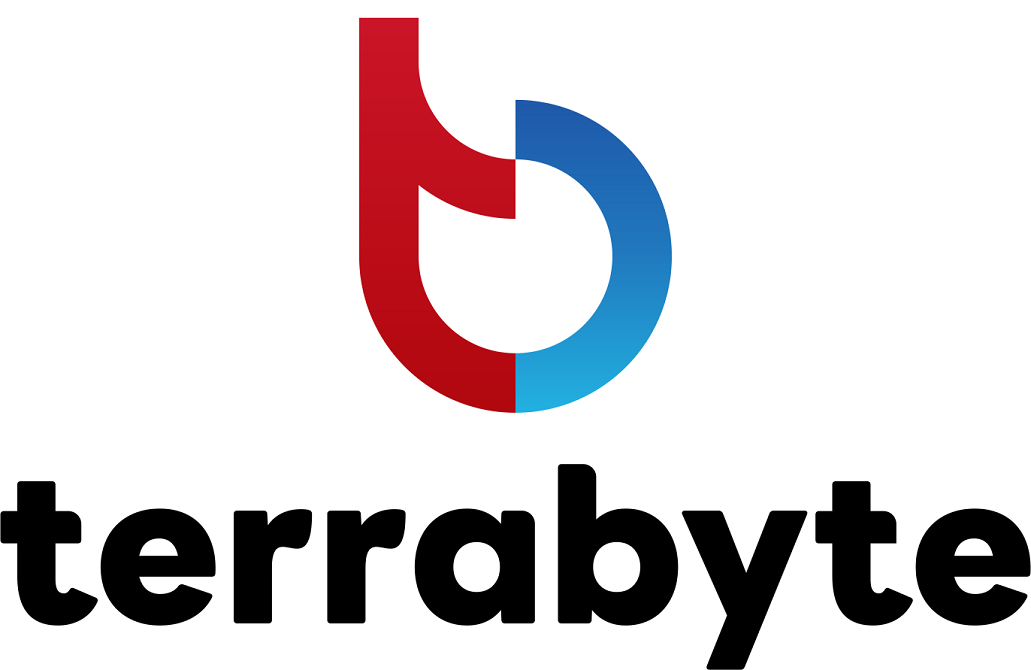
Phishing remains one of the most prevalent forms of cyberattacks, exploiting human trust to deceive individuals into divulging confidential information. With phishing methods constantly evolving, businesses and individuals must implement effective phishing protection strategies to defend against these malicious attacks. In this article, we’ll explore the importance of phishing protection, how it works, and the best ways to protect yourself and your organization.
What Is Phishing Protection?
Phishing protection involves a combination of technologies, processes, and awareness initiatives aimed at identifying, blocking, and minimizing the impact of phishing attacks. These attacks usually involve fraudulent emails or websites that mimic legitimate entities, tricking recipients into revealing sensitive information, such as login credentials, credit card numbers, or personal data.
By implementing phishing security, enterprises may reduce the risks associated with such misleading tactics and minimize the possible consequences of a successful attack.
Why Is Phishing Protection So Important?
- Avoids Data Theft: Protects sensitive data from being stolen by fraudulent attackers, thus preventing data breaches.
- Maintains Brand Trust: A successful phishing attack can damage a company’s reputation. Preventing these attacks helps maintain trust and confidence with customers.
- Minimizes Financial Risk: Phishing attacks can lead to direct financial loss, such as fraudulent transactions. Effective protection helps to guard against these risks.
- Ensures Regulatory Compliance: In many industries, protecting personal and financial data is mandated by law. Phishing protection helps companies comply with these regulations.
How Does Phishing Protection Work?
Phishing protection leverages various mechanisms to detect and prevent phishing attempts, including:
- Email Filtering: Specialized filters scan incoming emails for suspicious signs, such as misleading URLs or unverified senders, blocking potential phishing messages before they reach the inbox.
- Multi-Factor Authentication (MFA): MFA adds another layer of security by requiring users to verify their identity with multiple methods, making it more difficult for attackers to gain unauthorized access.
- User Awareness and Training: Regular training helps users recognize phishing attempts and teaches them how to respond appropriately. The more informed users are, the less likely they are to fall for phishing scams.
- Advanced Threat Detection: AI and machine learning algorithms can analyze vast amounts of email data to spot patterns indicative of phishing, improving the accuracy of detection and prevention.
Conclusion
Phishing continues to be a leading threat in the cybersecurity landscape, but with the right measures, businesses and individuals can dramatically reduce their risk. By utilizing email filtering, authentication technologies, awareness training, and advanced detection tools, phishing protection can stop fraudulent messages before they cause harm.
Combining these practices will create a layered defense against phishing attacks, safeguarding your data, financial assets, and reputation. The key is to stay proactive and continuously adapt to emerging phishing tactics to keep your defenses strong.
Are you prepared to defend against phishing? Explore the best phishing protection strategies and secure your organization with Terrabyte!



